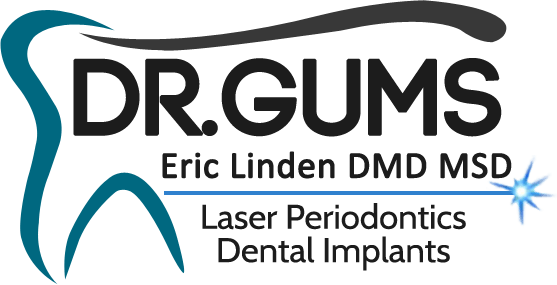CHICAGO – November 2, 2004 – With the shortage of influenza vaccines this year, Americans not immunized will want to diligently guard themselves against the sniffling and sneezing germs. While it is especially important to wash your hands often, avoid close contact, and cover your mouth and nose with a tissue, maintaining and protecting oral hygiene equipment is also important this flu season.
“In addition to daily wear and tear a toothbrush goes through, overtime it can become contaminated with bacteria, blood, saliva and toothpaste,” said Dr. Michael P. Rethman, DDS, MS, and president of the American Academy of Periodontology. “Although the Centers for Disease Control and Prevention (CDC) is unaware of any adverse health effects directly related to toothbrush use, CDC’s recommendation is to rinse the toothbrush thoroughly with water following brushing and to tap off excess water.”
To protect your toothbrush from bacteria, follow the steps listed below.
Do:
- Wash your hands before and after brushing.
- Allow the brush to air dry after each use, since the bacteria most harmful will die when exposed to oxygen.
- Store the toothbrush in an upright position, so water drains from it and it dries faster.
- Replace it every 3-4 months or sooner if the bristles appear worn or you’ve had a cold or flu to prevent possible reinfection.
- Clean the cover or container often to kill potentially harmful bacteria that could cause periodontal diseases, a serious bacterial infection that destroys the attachment fibers and supporting bone that holds teeth in the mouth.
Do not:
- Share your toothbrush. According to the CDC, the exchange of body fluids from sharing toothbrushes could increase the risk for infections.
- Re-use or share the same disinfecting solutions or mouthwashes to disinfect toothbrushes because this can lead to cross-contamination.
- Routinely cover toothbrushes or store in closed containers. This creates a humid environment that is more susceptible to bacterial growth.
- Use a community toothbrush holder. If you must, clean it often and make sure that the bristles do not touch one another.
- Touch the toothpaste tube to your toothbrush.
“It’s also important to take a good look at your toothbrush to see if the bristles are bent or frayed,” said Rethman. “The American Dental Association says that toothbrushes should be replaced every 3-4 months or sooner when the bristles become worn out or loose effectiveness.”
He also explained that a study showed that new toothbrushes removed significantly more plaque and gingivitis (the earliest stage of gum disease) than worn brushes.
A referral to a periodontist in your area and free brochure samples including one titled How to Brush and Floss are available by calling 800-FLOSS-EM or visiting the AAP’s Web site.
About the AAP
The American Academy of Periodontology (AAP) is the professional organization for

